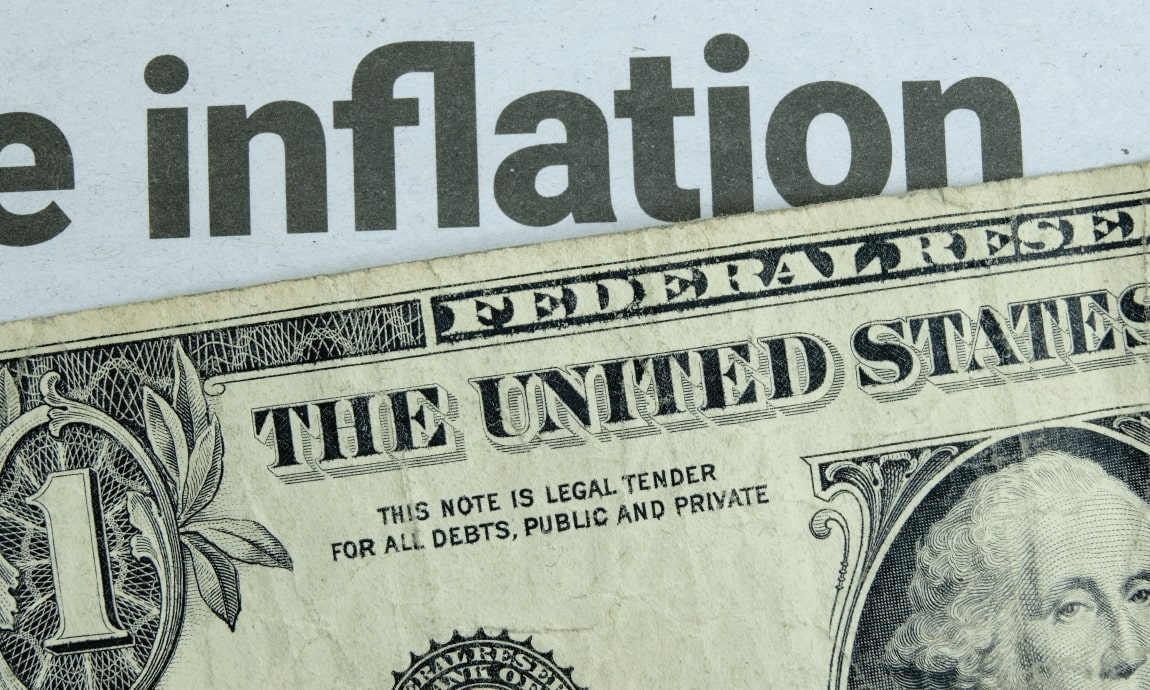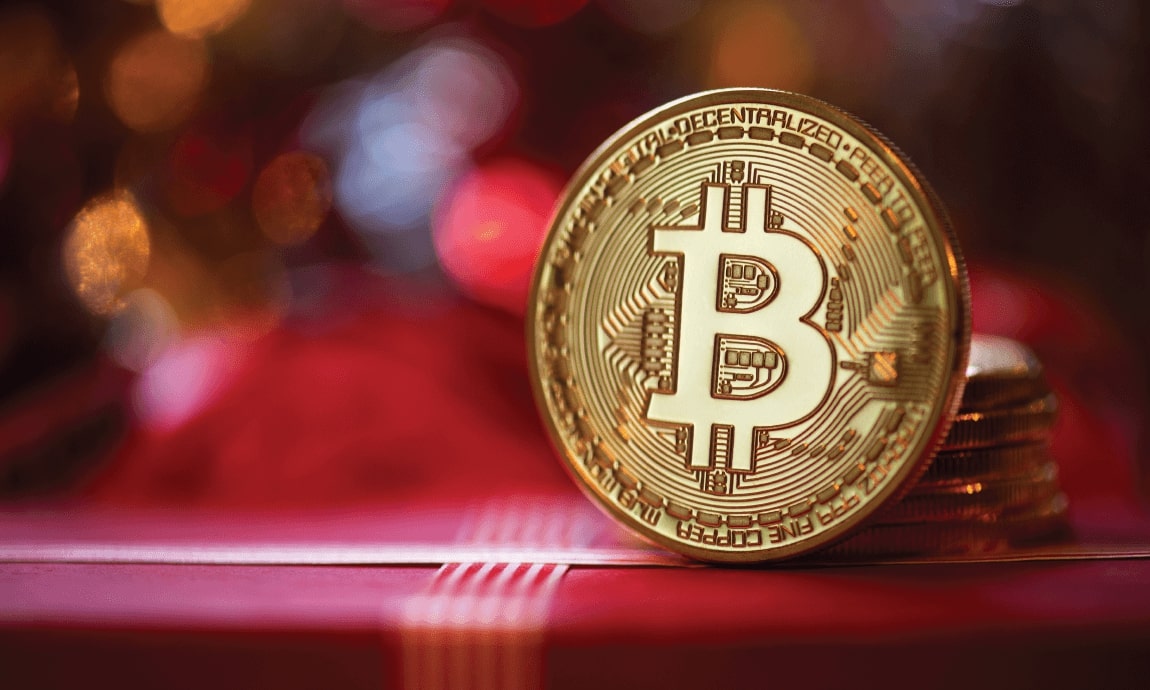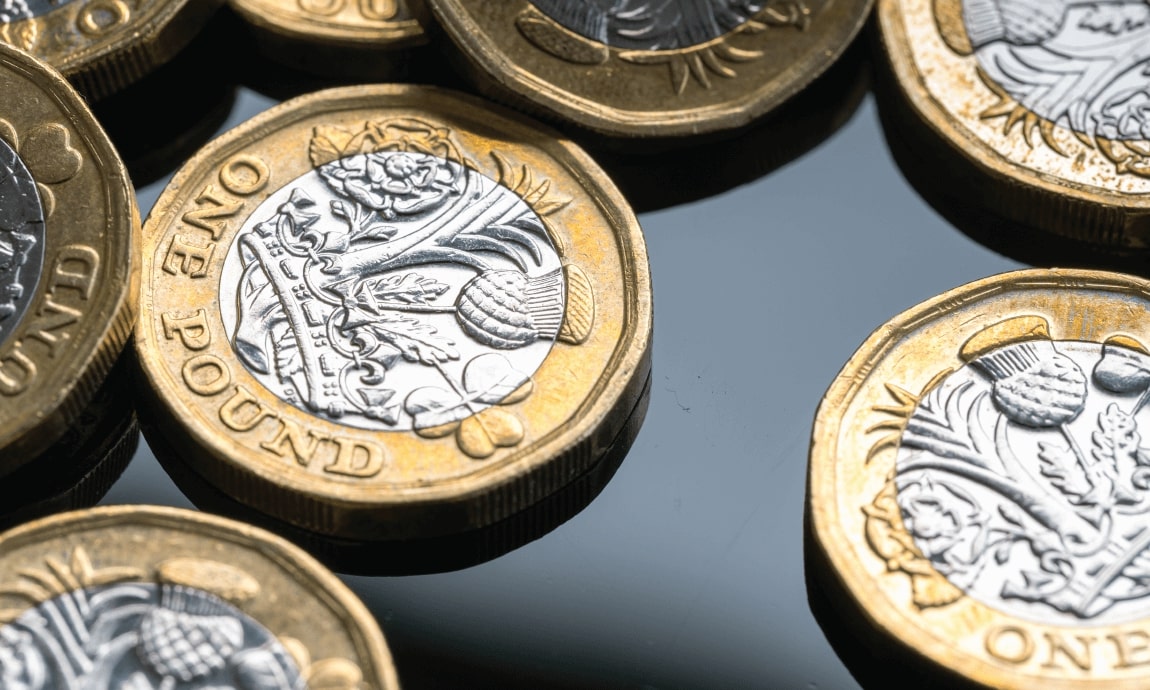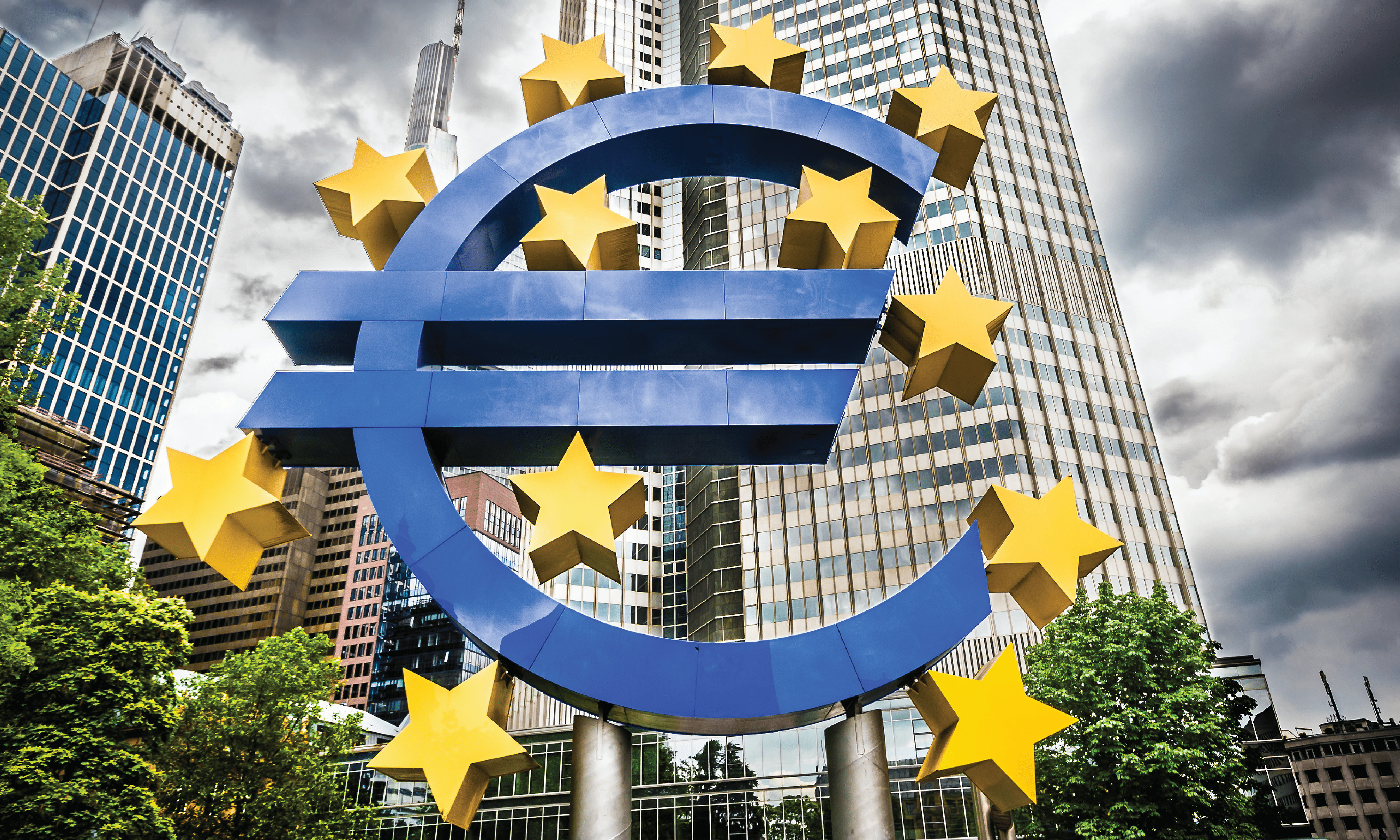Fed funds futures traders are now pricing in a pause in rate increases at the central bank’s June meeting, and less than a 5% chance of another 25-basis point hike, while they expect a Fed rate cut beginning this summer as the inflation rates are easing.
CPI inflation still has held above the Fed’s 2% annual target, despite the central bank’s 10 consecutive interest rate increases (totaling 5% bps) to bring it down from the 40-year high of 9% in June 2022.
Market reaction:
The relief in inflationary pressure boosted growth-sensitive technology stocks, with large-cap tech names including Alphabet (Google) and Amazon settling higher by 4.10% and 3.35% respectively, Microsoft added 1.7%, while Apple and Netflix ended the session with 1% gains.
Growth companies including the technologies, rely more on borrowed money so they benefit from lower interest rates, while they also provide safety and diversification during market turmoil.
Fed funds futures traders are now pricing in a pause in rate increases at the central bank’s June meeting, and less than a 5% chance of another 25-basis point hike, while they expect a Fed rate cut beginning this summer as the inflation rates are easing.
CPI inflation still has held above the Fed’s 2% annual target, despite the central bank’s 10 consecutive interest rate increases (totaling 5% bps) to bring it down from the 40-year high of 9% in June 2022.
Market reaction:
The relief in inflationary pressure boosted growth-sensitive technology stocks, with large-cap tech names including Alphabet (Google) and Amazon settling higher by 4.10% and 3.35% respectively, Microsoft added 1.7%, while Apple and Netflix ended the session with 1% gains.
Growth companies including the technologies, rely more on borrowed money so they benefit from lower interest rates, while they also provide safety and diversification during market turmoil.
Fed funds futures traders are now pricing in a pause in rate increases at the central bank’s June meeting, and less than a 5% chance of another 25-basis point hike, while they expect a Fed rate cut beginning this summer as the inflation rates are easing.
CPI inflation still has held above the Fed’s 2% annual target, despite the central bank’s 10 consecutive interest rate increases (totaling 5% bps) to bring it down from the 40-year high of 9% in June 2022.
Market reaction:
The relief in inflationary pressure boosted growth-sensitive technology stocks, with large-cap tech names including Alphabet (Google) and Amazon settling higher by 4.10% and 3.35% respectively, Microsoft added 1.7%, while Apple and Netflix ended the session with 1% gains.
Growth companies including the technologies, rely more on borrowed money so they benefit from lower interest rates, while they also provide safety and diversification during market turmoil.
Fed funds futures traders are now pricing in a pause in rate increases at the central bank’s June meeting, and less than a 5% chance of another 25-basis point hike, while they expect a Fed rate cut beginning this summer as the inflation rates are easing.
CPI inflation still has held above the Fed’s 2% annual target, despite the central bank’s 10 consecutive interest rate increases (totaling 5% bps) to bring it down from the 40-year high of 9% in June 2022.
Market reaction:
The relief in inflationary pressure boosted growth-sensitive technology stocks, with large-cap tech names including Alphabet (Google) and Amazon settling higher by 4.10% and 3.35% respectively, Microsoft added 1.7%, while Apple and Netflix ended the session with 1% gains.
Growth companies including the technologies, rely more on borrowed money so they benefit from lower interest rates, while they also provide safety and diversification during market turmoil.
Fed funds futures traders are now pricing in a pause in rate increases at the central bank’s June meeting, and less than a 5% chance of another 25-basis point hike, while they expect a Fed rate cut beginning this summer as the inflation rates are easing.
CPI inflation still has held above the Fed’s 2% annual target, despite the central bank’s 10 consecutive interest rate increases (totaling 5% bps) to bring it down from the 40-year high of 9% in June 2022.
Market reaction:
The relief in inflationary pressure boosted growth-sensitive technology stocks, with large-cap tech names including Alphabet (Google) and Amazon settling higher by 4.10% and 3.35% respectively, Microsoft added 1.7%, while Apple and Netflix ended the session with 1% gains.
Growth companies including the technologies, rely more on borrowed money so they benefit from lower interest rates, while they also provide safety and diversification during market turmoil.
Fed funds futures traders are now pricing in a pause in rate increases at the central bank’s June meeting, and less than a 5% chance of another 25-basis point hike, while they expect a Fed rate cut beginning this summer as the inflation rates are easing.
CPI inflation still has held above the Fed’s 2% annual target, despite the central bank’s 10 consecutive interest rate increases (totaling 5% bps) to bring it down from the 40-year high of 9% in June 2022.
Market reaction:
The relief in inflationary pressure boosted growth-sensitive technology stocks, with large-cap tech names including Alphabet (Google) and Amazon settling higher by 4.10% and 3.35% respectively, Microsoft added 1.7%, while Apple and Netflix ended the session with 1% gains.
Growth companies including the technologies, rely more on borrowed money so they benefit from lower interest rates, while they also provide safety and diversification during market turmoil.
Fed funds futures traders are now pricing in a pause in rate increases at the central bank’s June meeting, and less than a 5% chance of another 25-basis point hike, while they expect a Fed rate cut beginning this summer as the inflation rates are easing.
CPI inflation still has held above the Fed’s 2% annual target, despite the central bank’s 10 consecutive interest rate increases (totaling 5% bps) to bring it down from the 40-year high of 9% in June 2022.
Market reaction:
The relief in inflationary pressure boosted growth-sensitive technology stocks, with large-cap tech names including Alphabet (Google) and Amazon settling higher by 4.10% and 3.35% respectively, Microsoft added 1.7%, while Apple and Netflix ended the session with 1% gains.
Growth companies including the technologies, rely more on borrowed money so they benefit from lower interest rates, while they also provide safety and diversification during market turmoil.
Fed funds futures traders are now pricing in a pause in rate increases at the central bank’s June meeting, and less than a 5% chance of another 25-basis point hike, while they expect a Fed rate cut beginning this summer as the inflation rates are easing.
CPI inflation still has held above the Fed’s 2% annual target, despite the central bank’s 10 consecutive interest rate increases (totaling 5% bps) to bring it down from the 40-year high of 9% in June 2022.
Market reaction:
The relief in inflationary pressure boosted growth-sensitive technology stocks, with large-cap tech names including Alphabet (Google) and Amazon settling higher by 4.10% and 3.35% respectively, Microsoft added 1.7%, while Apple and Netflix ended the session with 1% gains.
Growth companies including the technologies, rely more on borrowed money so they benefit from lower interest rates, while they also provide safety and diversification during market turmoil.
Fed funds futures traders are now pricing in a pause in rate increases at the central bank’s June meeting, and less than a 5% chance of another 25-basis point hike, while they expect a Fed rate cut beginning this summer as the inflation rates are easing.
CPI inflation still has held above the Fed’s 2% annual target, despite the central bank’s 10 consecutive interest rate increases (totaling 5% bps) to bring it down from the 40-year high of 9% in June 2022.
Market reaction:
The relief in inflationary pressure boosted growth-sensitive technology stocks, with large-cap tech names including Alphabet (Google) and Amazon settling higher by 4.10% and 3.35% respectively, Microsoft added 1.7%, while Apple and Netflix ended the session with 1% gains.
Growth companies including the technologies, rely more on borrowed money so they benefit from lower interest rates, while they also provide safety and diversification during market turmoil.
Fed funds futures traders are now pricing in a pause in rate increases at the central bank’s June meeting, and less than a 5% chance of another 25-basis point hike, while they expect a Fed rate cut beginning this summer as the inflation rates are easing.
CPI inflation still has held above the Fed’s 2% annual target, despite the central bank’s 10 consecutive interest rate increases (totaling 5% bps) to bring it down from the 40-year high of 9% in June 2022.
Market reaction:
The relief in inflationary pressure boosted growth-sensitive technology stocks, with large-cap tech names including Alphabet (Google) and Amazon settling higher by 4.10% and 3.35% respectively, Microsoft added 1.7%, while Apple and Netflix ended the session with 1% gains.
Growth companies including the technologies, rely more on borrowed money so they benefit from lower interest rates, while they also provide safety and diversification during market turmoil.
Rate-sensitive and tech-heavy Nasdaq Composite gained over 1% at the 12,306 mark and the general S&P 500 index inched up 0.45% to 4,137 on Wednesday’s trading session as investors reacted positively to the decline of the U.S. CPI-inflation rate to 4.9% in April, raising hopes that the Federal Reserve’s interest rate hiking cycle is close to an end.
The Labor Department’s Consumer Price Index (CPI), which measures the cost of a broad swath of goods and services, rose 4.9% in April from a year ago, compared with expectations of a 5% increase, while the month-over-month CPI rose 0.4% in April after gaining 0.1% in March.
According to the report, declines in prices for fuel oil, new vehicles, and food at home were offset somewhat by increases in shelter, gasoline, and used vehicles.
Core CPI, a widely followed measure of inflation that excludes volatile food and energy categories, rose 0.4% monthly and 5.5% from a year ago, both in line with expectations.
Fed funds futures traders are now pricing in a pause in rate increases at the central bank’s June meeting, and less than a 5% chance of another 25-basis point hike, while they expect a Fed rate cut beginning this summer as the inflation rates are easing.
CPI inflation still has held above the Fed’s 2% annual target, despite the central bank’s 10 consecutive interest rate increases (totaling 5% bps) to bring it down from the 40-year high of 9% in June 2022.
Market reaction:
The relief in inflationary pressure boosted growth-sensitive technology stocks, with large-cap tech names including Alphabet (Google) and Amazon settling higher by 4.10% and 3.35% respectively, Microsoft added 1.7%, while Apple and Netflix ended the session with 1% gains.
Growth companies including the technologies, rely more on borrowed money so they benefit from lower interest rates, while they also provide safety and diversification during market turmoil.
Rate-sensitive and tech-heavy Nasdaq Composite gained over 1% at the 12,306 mark and the general S&P 500 index inched up 0.45% to 4,137 on Wednesday’s trading session as investors reacted positively to the decline of the U.S. CPI-inflation rate to 4.9% in April, raising hopes that the Federal Reserve’s interest rate hiking cycle is close to an end.
The Labor Department’s Consumer Price Index (CPI), which measures the cost of a broad swath of goods and services, rose 4.9% in April from a year ago, compared with expectations of a 5% increase, while the month-over-month CPI rose 0.4% in April after gaining 0.1% in March.
According to the report, declines in prices for fuel oil, new vehicles, and food at home were offset somewhat by increases in shelter, gasoline, and used vehicles.
Core CPI, a widely followed measure of inflation that excludes volatile food and energy categories, rose 0.4% monthly and 5.5% from a year ago, both in line with expectations.
Fed funds futures traders are now pricing in a pause in rate increases at the central bank’s June meeting, and less than a 5% chance of another 25-basis point hike, while they expect a Fed rate cut beginning this summer as the inflation rates are easing.
CPI inflation still has held above the Fed’s 2% annual target, despite the central bank’s 10 consecutive interest rate increases (totaling 5% bps) to bring it down from the 40-year high of 9% in June 2022.
Market reaction:
The relief in inflationary pressure boosted growth-sensitive technology stocks, with large-cap tech names including Alphabet (Google) and Amazon settling higher by 4.10% and 3.35% respectively, Microsoft added 1.7%, while Apple and Netflix ended the session with 1% gains.
Growth companies including the technologies, rely more on borrowed money so they benefit from lower interest rates, while they also provide safety and diversification during market turmoil.







